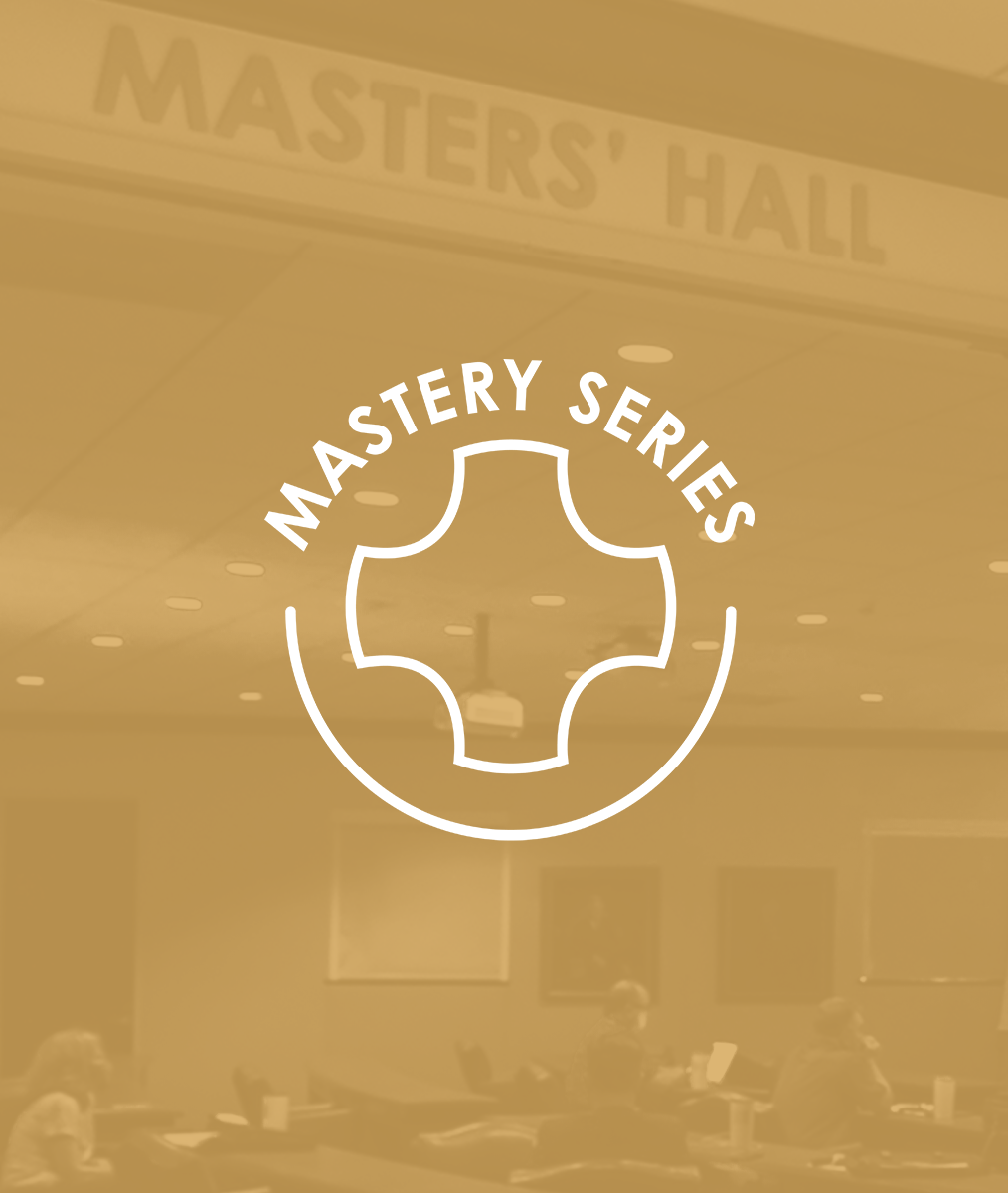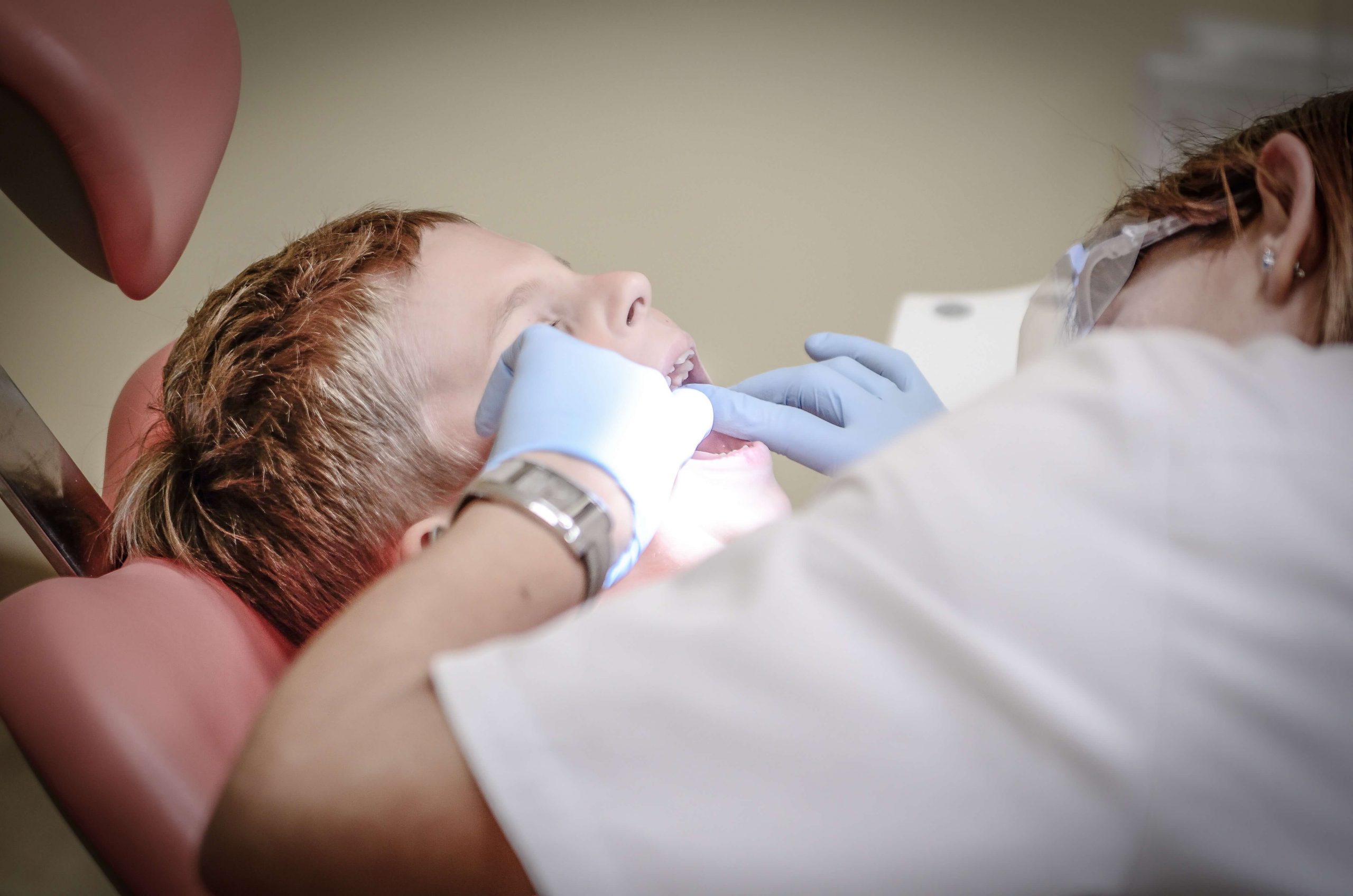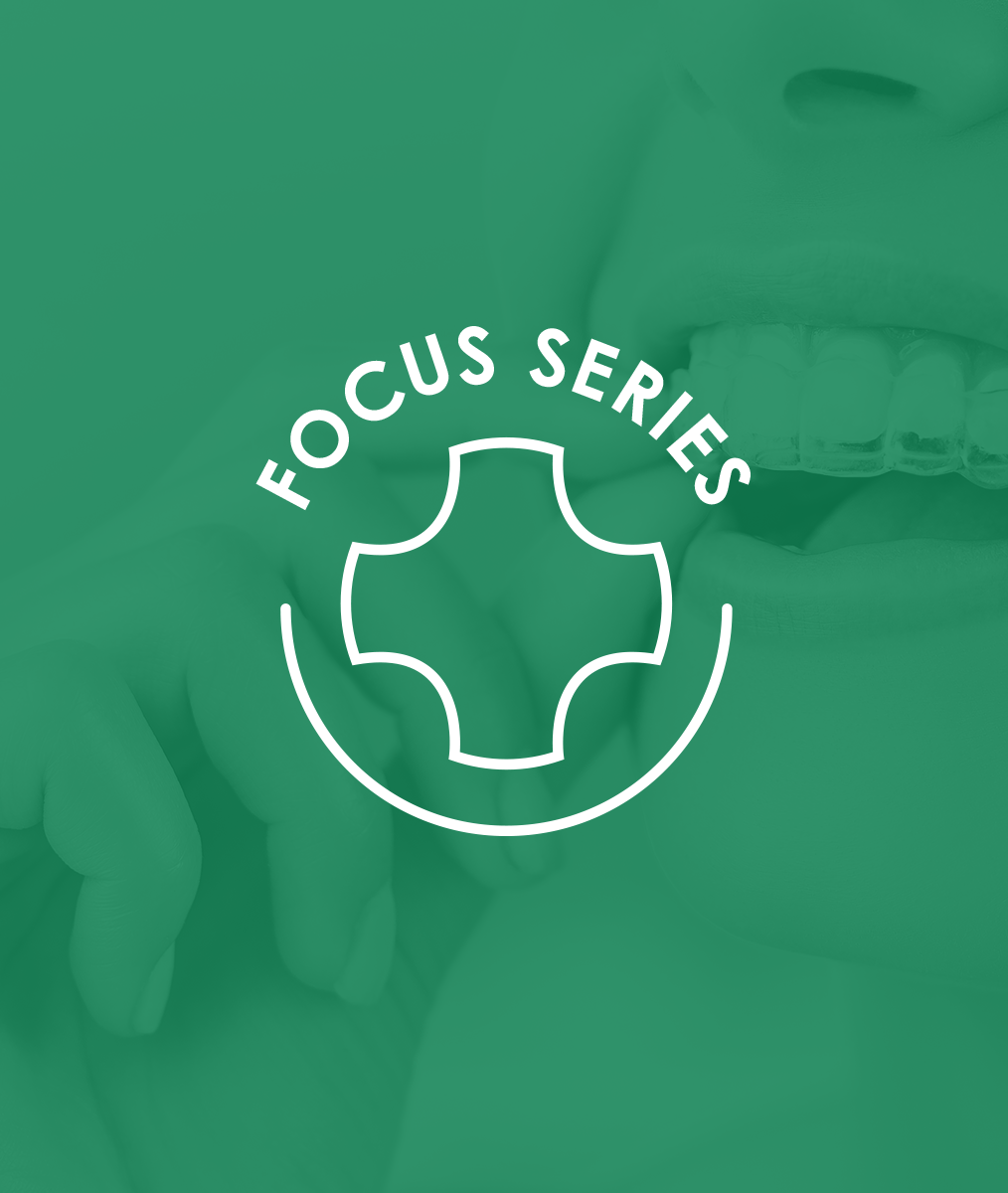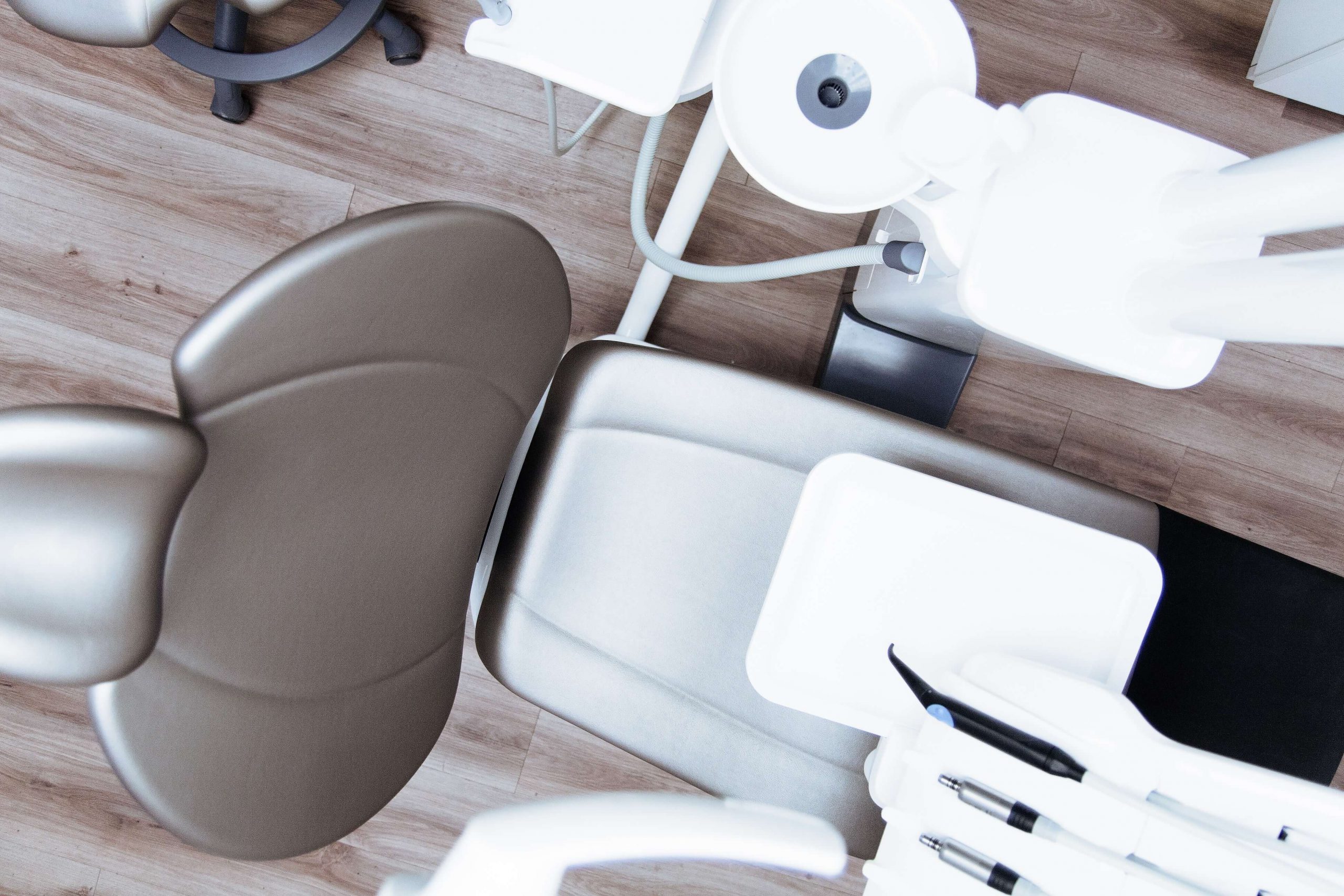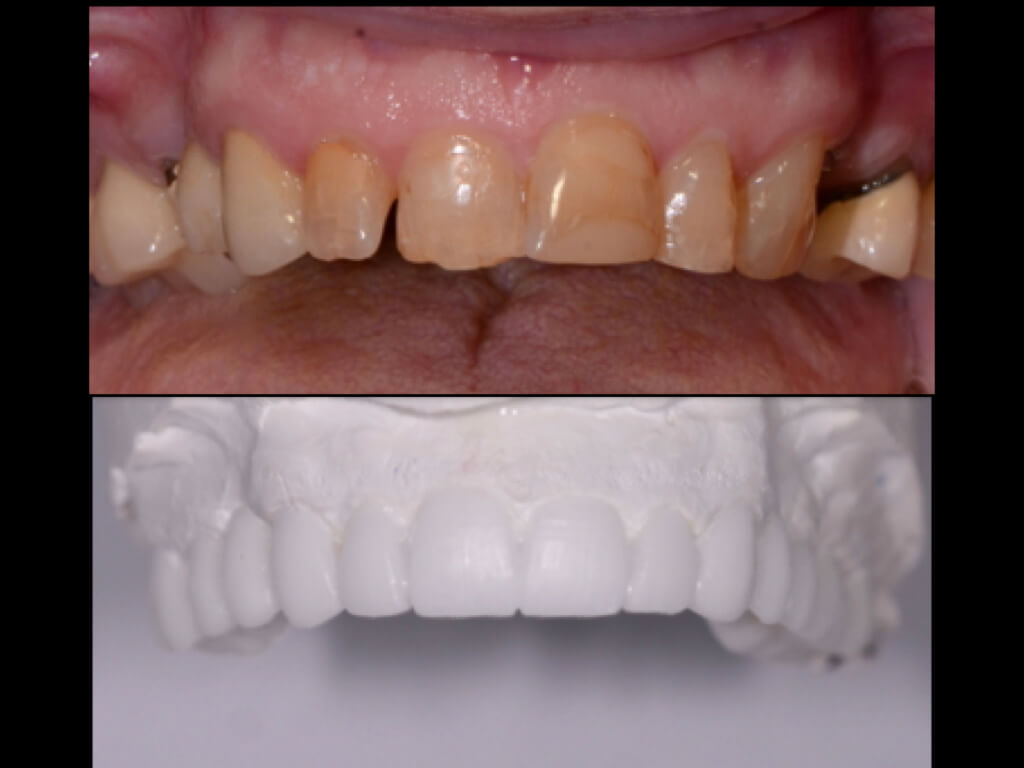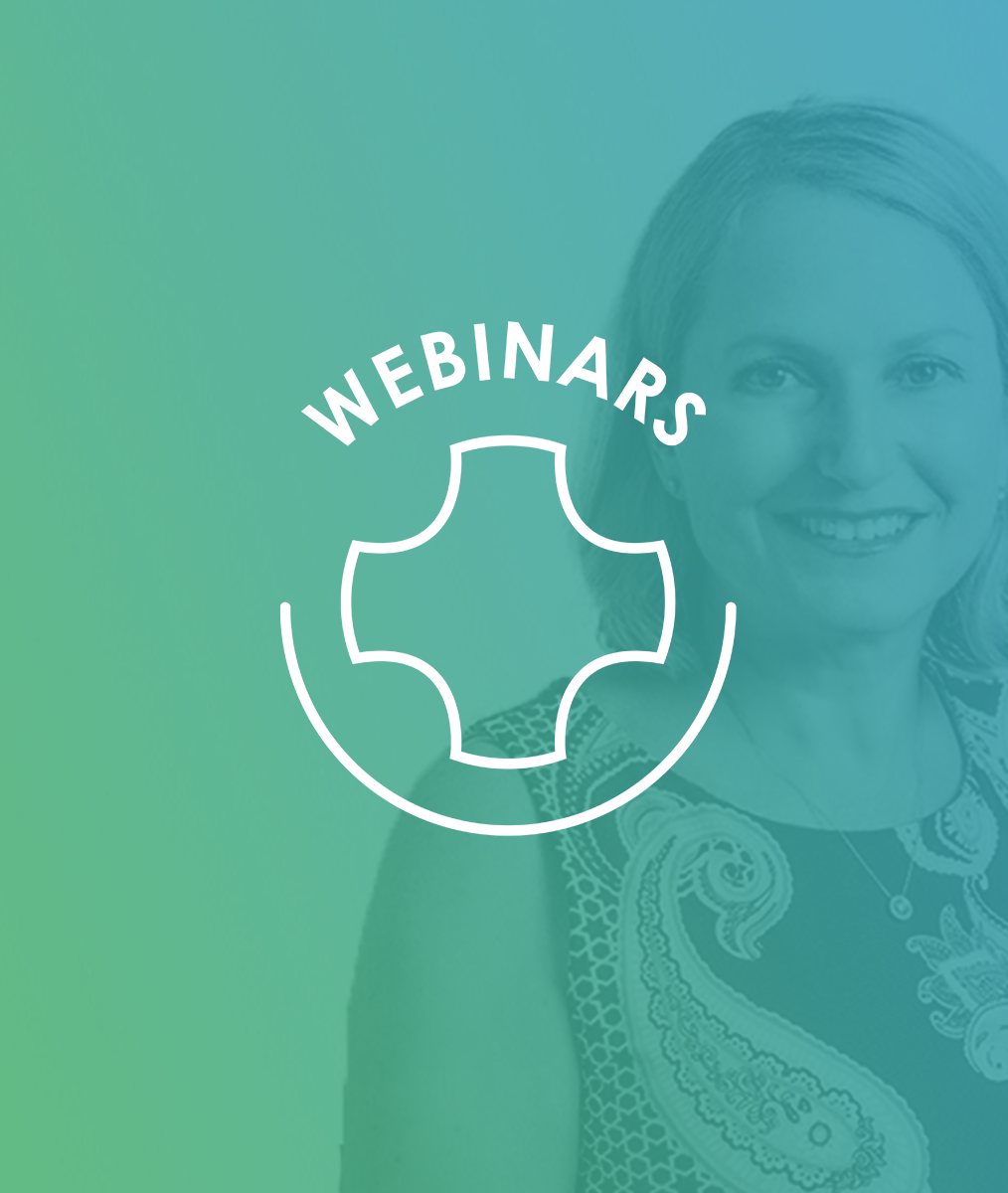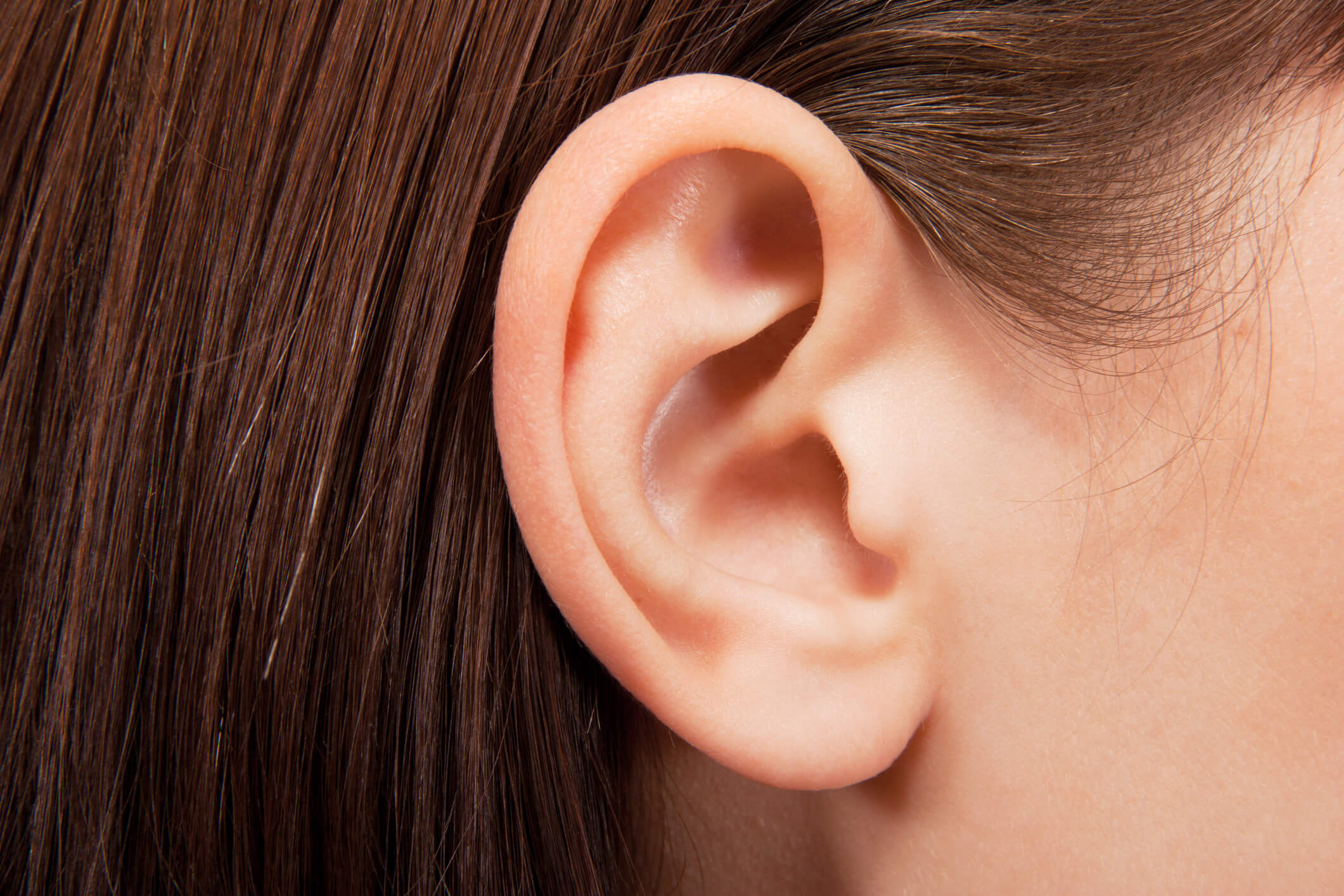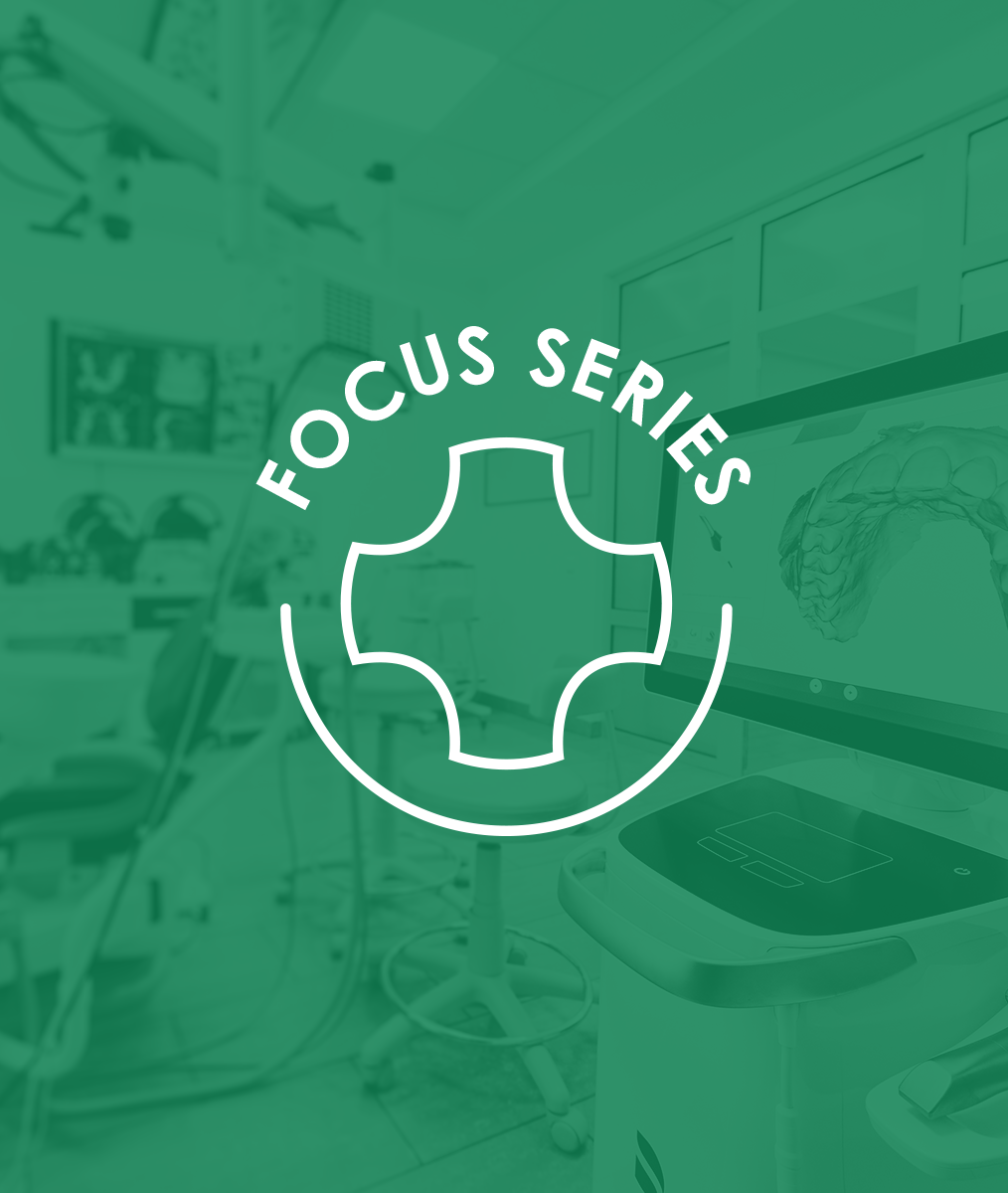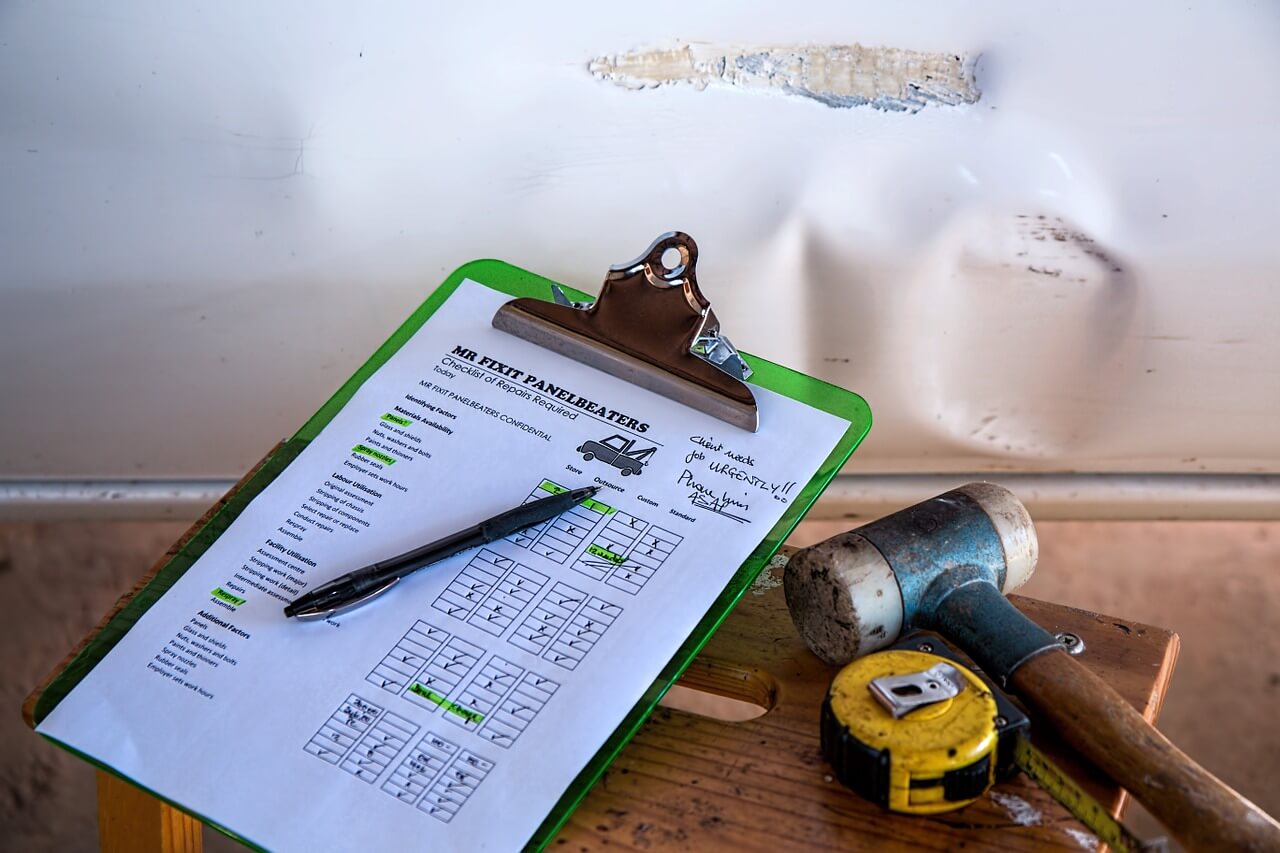ABCs of Dental Office Organization: Part 2
The ABCs of dental office organization tell us how to prioritize our time, energy, and resources so that we can provide the best care possible. In Part 1 of this series, I discussed the definition of the three main ABCs: administrative tasks, behavior tasks, and clinical treatment.
Read on for how to implement an understanding of these principles into your practice efficiency protocol:
Dental Office ABCs: Prioritizing
How can you get better at organization and adherence to the ABCs? Here are three steps –
- Ask each team member to list all possible administrative tasks. This includes tasks they do not need patients to be present for or where they need uninterrupted time for maximum efficiency. You should generate your list as well.
- Next, have them create a list of behavioral tasks.
- Finally, have your team members delineate their clinical processes. This should lead to discussions on tray/room set-up, treatment preparation, and efficiency.
These lists can be developed by each person in the office prior to a staff meeting. Then, in a team meeting you can discuss each person’s “top 3” and consider periods in the schedule throughout the week where each team member can carve out A – B – C times.
A Productive Daily Conversation
For example, our business associate at my dental practice sets aside Thursday morning for uninterrupted “A” time to catch up on delayed insurance claims, payment calls, etc. This means our relationship coordinator/primary chairside rotates to handle incoming calls and our assistant chairside rotates to chairside duties. Everyone loves the cross-training and variable challenges.
The coordinator answering the phone does not need to be under pressure. If a call comes in for the business associate, they simply state, “Sue is busy right now. May I have her return your call in an hour?” or some such reassurance.
When done well with open respect of each person’s priorities, this can evolve into a daily conversation. For example, the relationship coordinator may ask for uninterrupted time to call a certain patient about emotional support or a referral to a specialist. The business associate may request time to call an insurance company.
Have fun with it. Your approach will evolve and remember that mistakes are the fruit of great progress. Celebrate/laugh at them. Keep at it and the ABCs will change your practice.
Related Course
Masters’ Week
DATE: June 3 2024 @ 8:00 am - June 6 2024 @ 2:00 pmMaster Your Skills Masters’ Week is a unique learning experience each and every year where we bring together a group of talented speakers to share on a range of topics….
Learn More>






